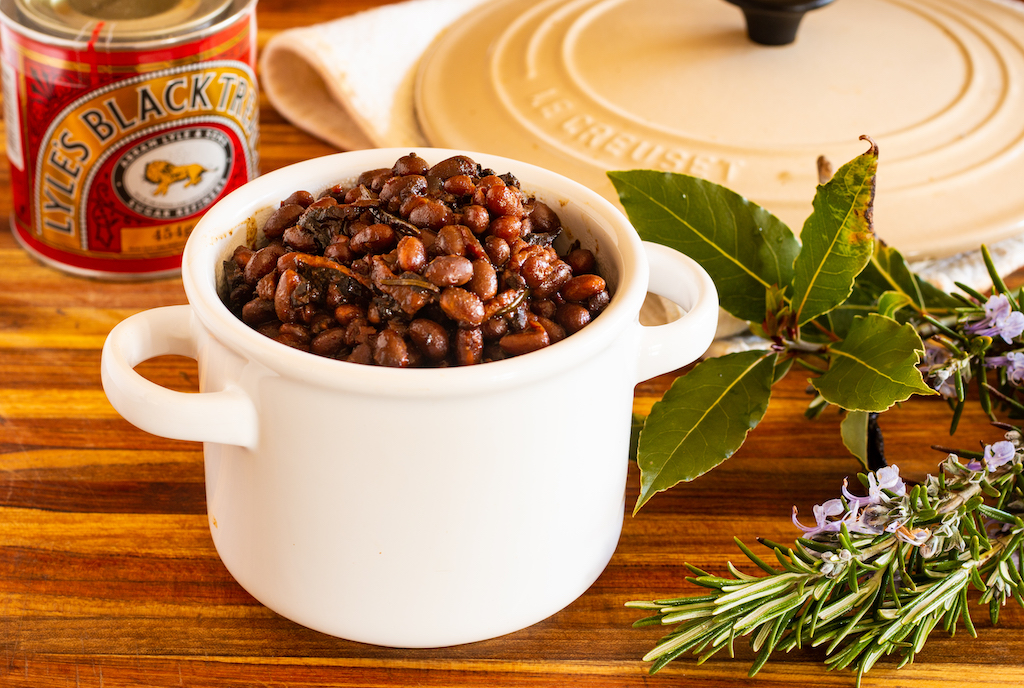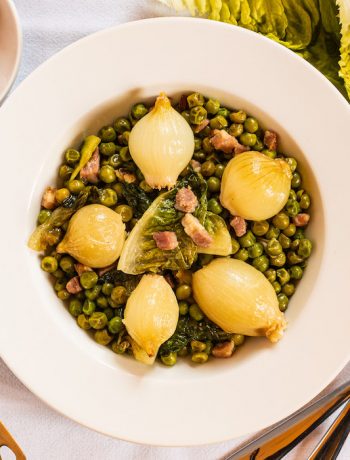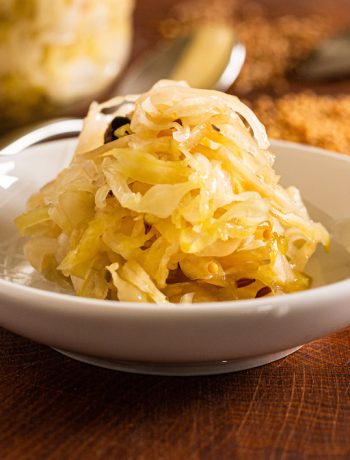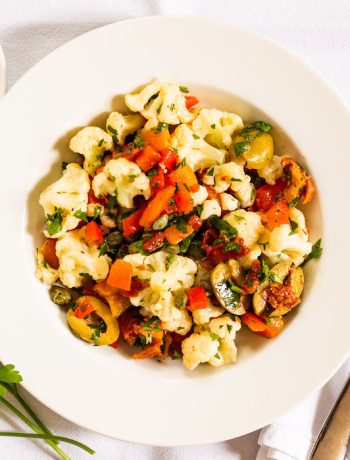Heinz Baked Beans are without a shade of doubt the most popular type of baked beans eaten in the UK – and probably in the rest of Europe too. When The Nosey Chef decided to have a go at making baked beans, it was the Heinz variety that was first and foremost in our minds.
However, we had always been aware of major Transatlantic bean divide. If we cast our minds back to Mel Brooks‘ 1974 comedy film Blazing Saddles, there is an iconic fireside scene involving bean-induced farting. In the clip, we can see cowboys enjoying a hearty meal of beans and big hunks of bread. As a meal, Heinz Baked Beans, with or without bread do not really cut it beyond the standard student fayre of baked beans on toast. One wonders what the cowboys were actually eating.
Additionally, Americans cannot understand why the British might have baked beans as part of a traditional full English breakfast. To us Brits they make perfect sense – unless, like the cowboys, the Americans are eating something else.
One possible explanation for the Great Intercontinental Bean Bifurcation is the existence of a traditional American dish known as Boston baked beans. And for once, when we say ‘traditional American,’ we really do mean it – baked beans have their origins not with the Martha Stewarts of this world, but rather among the native American tribes who populated the North America long before the arrival of the disease- and booze-addled Europeans.
Boston baked beans bear pretty much no resemblance to Heinz Baked Beans, and they add enough additional elements to make them work as a meal in their own right (if you add that bread in). The native Americans ate their baked beans with a type of corn bread. The incoming pilgrims learned the recipe from the people they were stealing land from, and added other ingredients that were part of the traded commodities of the Eastern seaboard. One of these ingredients was molasses (black treacle), which was traded extensively through Boston (also known as ‘Beantown’).
Boston molasses gained some notoriety after the so-called ‘Boston Molassacre,’ pictured below:

Daniel Gritzer of Serious Eats has done some major forensics on the presence of molasses in Boston baked beans. He says that molasses slightly acidic pH slows down the softening of beans by stabilising pectins and hemicellulose in the plant cell walls. This enables Boston baked beans to be cooked very slowly – overnight in fact. Daniel (we are on first name terms on Twitter, so let’s call him that from now on) goes on to add that the presence of the critical molasses creates a problem for anyone not wanting to cook beans overnight, and he offers some pre-cooking steps that allow Boston Baked beans to be made without leaving an oven on in the house where you are sleeping.
Boston baked beans include pork, and this can create something of a shopping problem. The original Boston baked beans will have used salt pork. This is meat taken from the fatty area on the back of the pig and cured. I do not know any butcher that sells this. However, you can use bacon. Ideally, you want to either find some unsliced streaky bacon, or make your own from pork belly. There are other methods (e.g. this one from All Recipes) that layer in sliced bacon.
As the raison d’être of The Nosey Chef is to find make original recipes, we are going for the overnight cook, in the same way we did for rugbraud. However, if you are at all nervous about this, then use Daniel’s recipe, but note that some locals have commented that there ought to be no vegetable other than onions present.
Boston baked beans
Ingredients
- 500g dried haricot beans
- 1 onion, chopped
- 250g salt pork or streaky bacon lardons
- 175g black treacle
- 2 tsp Dijon mustard
- Sprig of rosemary
- 2 bay leaves
- Salt and freshly ground black pepper
Instructions
Place the beans in a large bowl and cover with salted water with a depth of about 5cm headroom. Soak for a day.
The next day, set an oven to 120˚C.
Drain the beans, reserving the liquid.
Mix the beans, onions and meat in a Dutch oven.
In a bowl, combine the treacle and the mustard with 250ml of water until the treacle has fully dissolved. Season with a LOT of black pepper. Pour the mixture over the beans, and then top up with the remaining bean water until the beans are just covered.
Put the lid on the pot and place in the oven for 12 hours. After 12 hours, a crust may have formed. Simply mix that into the beans, pull out any woody herb stems and serve.






No Comments